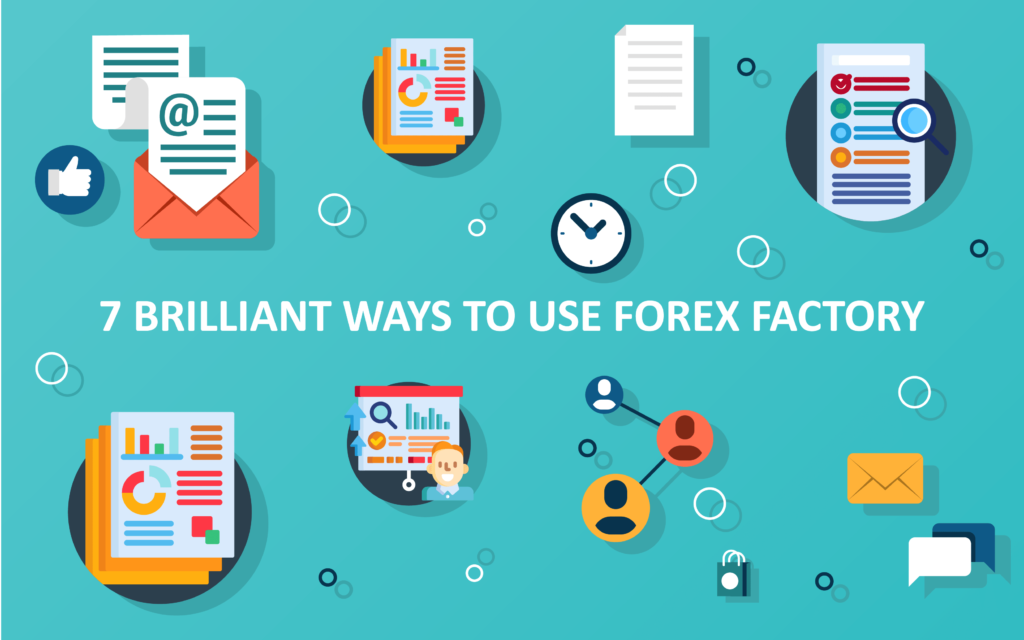Forex Factory is a thriving business that many forex traders use to keep up with economic events.
It doesn’t matter if you’re doing your first trades or if you’re a seasoned professional; you need to keep an eye on news releases. Without doubt, Forex Factory’s economic calendar is by far the best option.
However, here’s the thing:
If you’re only visiting their website for that purpose, you’re missing out on a lot of other ways it can improve your trading.
So below, we’re going to outline seven excellent ways you can use Forex Factory to become a better trader.
Use the jump links to navigate to the points you’re most interested in.
- Brace Yourself for Large Price Moves with the Economic Calendar
- Identify Your Strengths and Weaknesses with the Trade Explorer
- Get Professional Advice for FREE Using the Forum
- Understand the Tone of the Market with the Sentiment Indicator
- Compare Forex Brokers and Avoid Getting Scammed
- Create Your Personalized Forex News Feed
- Spare Some Time with the Scanner
Way #1: Brace Yourself for Large Price Moves with the Economic Calendar
The economic calendar is just what it sounds like: a calendar that shows when economic news and reports (for example, interest rate decisions or GDP) are scheduled to be released.
Here’s how it looks:
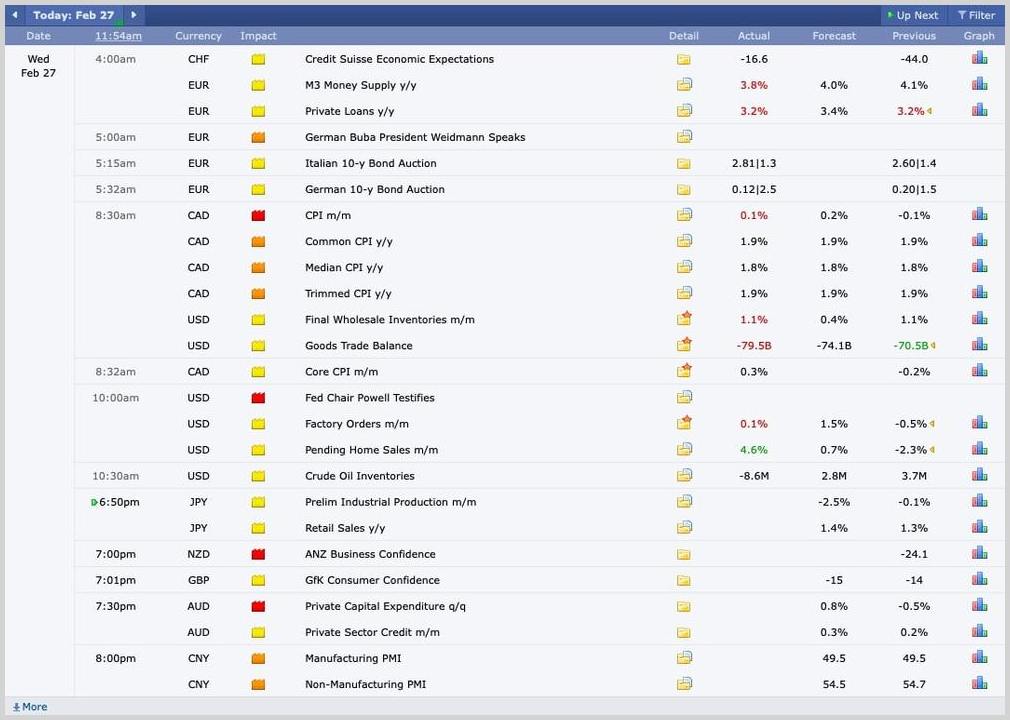
The reason you should check your calendar each morning is because certain pieces of data tend to spark significant volatility in the market. Needless to say, you want to know when these are published.
If you’re not particularly familiar with fundamental analysis, you can take a look at the expected impact symbol that is featured along with every event.
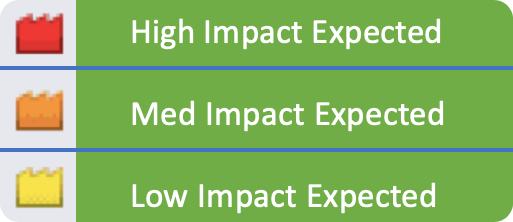
Besides, you can also click on the folder icon to see more specific information regarding each news.

Of course, it’s the high-impact news that you need to pay the most attention. Put simply, when these are released, the price will often drop like a stone, skyrocket or do both.
For example, here’s what happened with the EUR/USD when the most recent NFP numbers were revealed:
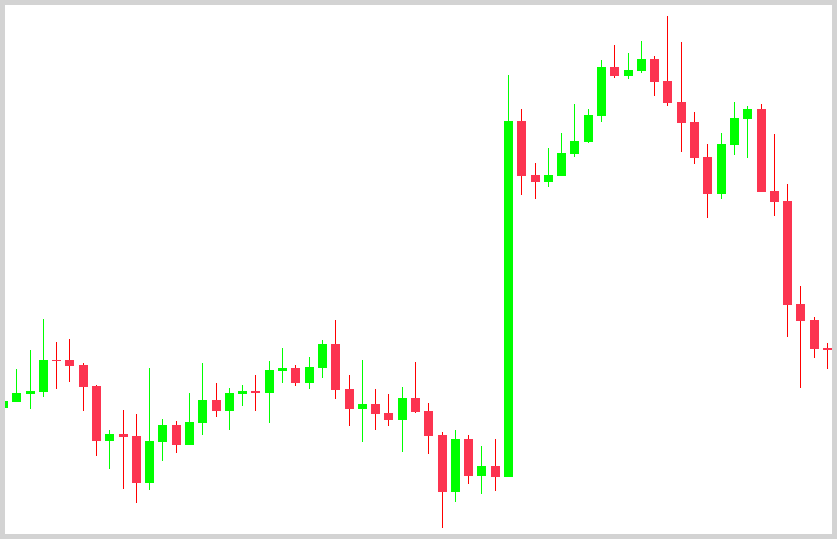
Pretty sweet.
Even if you place a stop loss, you may wipe out a considerable part of your account in a matter of seconds because by the time the stop order is filled, the currency pair’s quote can be significantly different than the requested price.
(This is called slippage.)
Of course, the potential profits can be lucrative, and there are strategies to take advantage of these situations.
Whether you want to trade or stay aside during news events is your choice, but either way, you want to know the exact time of every publication.
Before you look at the date column, note that the default time of Forex Factory is New York time. That said, for everybody outside NY, we recommend synchronizing the website with your local time, so you don’t have to do time zone conversions on your own.
Just click the clock icon in the header of any page and select “Match Automatically.” (And don’t forget to save your settings.)

Super-duper easy.
One more thing you may want to do is filter out unnecessary information.
Let’s say you’re day-trading EUR/USD and AUD/USD only. Why would you overwhelm yourself with Chinese Yuan-related news?
Select the “Filter” option at the top right-hand side of the calendar, and you can quickly get rid of everything you don’t need.

(The gray impact icon stands for non-economic events such as daylight saving time shift or different bank holidays.)
Way #2: Identify Your Strengths and Weaknesses with the Trade Explorer
We can probably all agree: it’s hard to improve if you don’t know where you stand. That’s why you need to analyze your trading performance.
The Trade Explorer is an entirely web-based tool that accurately records all the statistics about your trades in the same format that is used by hedge funds and trading advisors.
Pretty cool.
To create your explorer, you need to connect your brokerage account where your trading data will be automatically imported. Please note that the explorer is only compatible with the MT4 and fxTrade platforms.
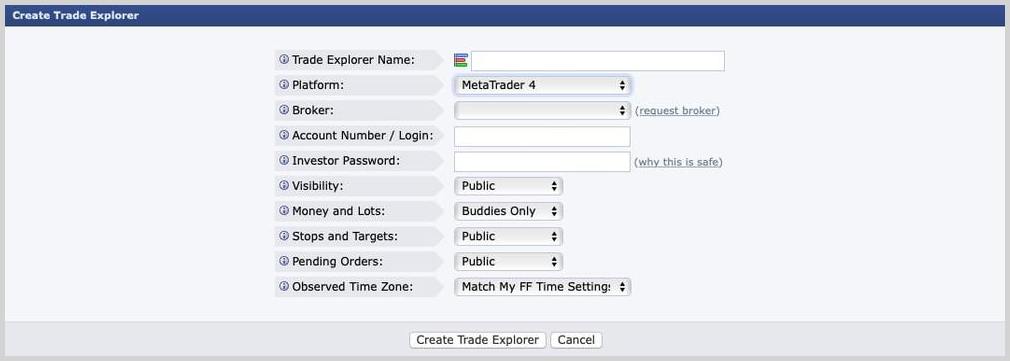
(Forex Factory plans to incorporate more in the future.)
Once you have set up everything successfully, you’ll be presented with something similar:
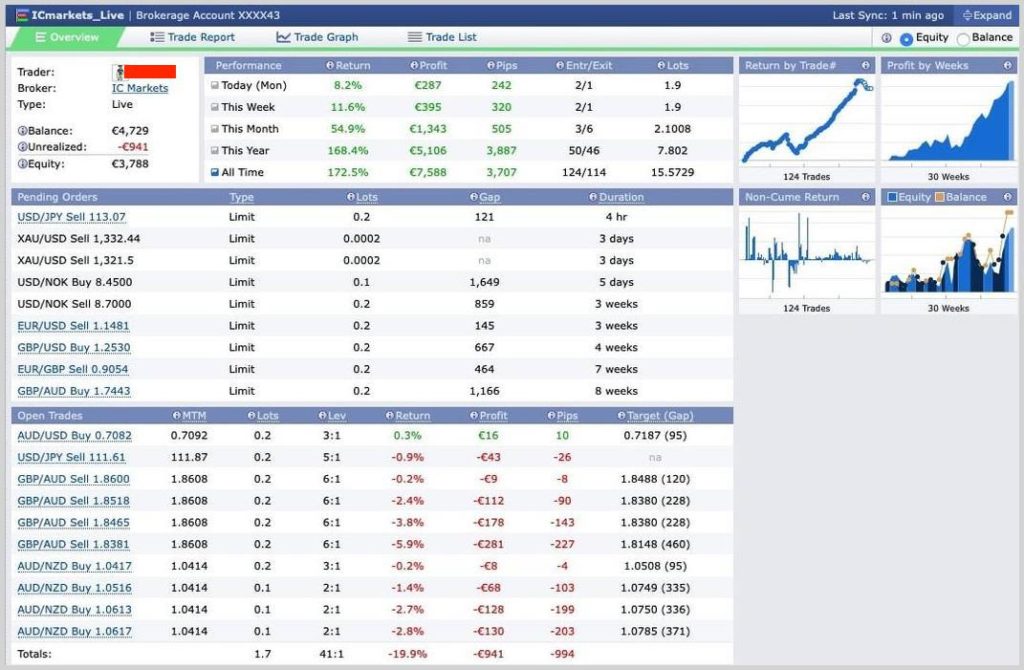
As you can see, the Trade Explorer has four main sections.
– Overview
– Trade Report
– Trade Graph
– Trade List
You can click on each tab to view the respective data, or you can display all the four sections on the same page by clicking expand at the top right corner.
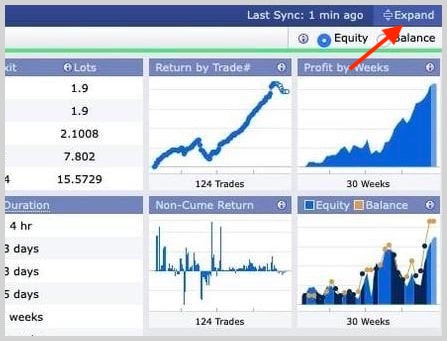
Throughout the Trade Explorer, you will spot help icons next to the important terms. Whenever you’re unsure about something, navigate your mouse over the corresponding icon for a quick explanation.

Okay, now let’s break down each of the sections.
Overview
Not much of a surprise, this is the overview of your trades. To be a bit more specific, below you can see the official explanatory picture from the Forex Factory website:
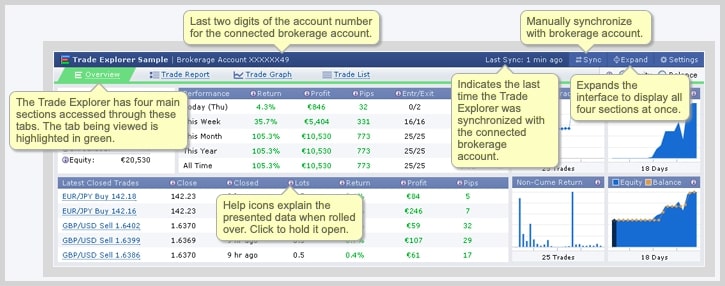
Trade Report
This is where your trading performance is quantified into hard data.

By default, the reported figures are calculated using the account equity. For those who don’t know, your account equity represents the total amount of money you have in your account, including unrealized profits and losses.
If you would rather have metrics that reflect closed trades, select “Balance” at the top right corner.

By studying the numbers, you can get a realistic picture of how you’re doing.
That is to say, you can easily recognize if you messed up something or if your trading approach needs improvement. Pretty powerful.
For example, you can see this guy’s average losing trade is -11.4% of his equity.
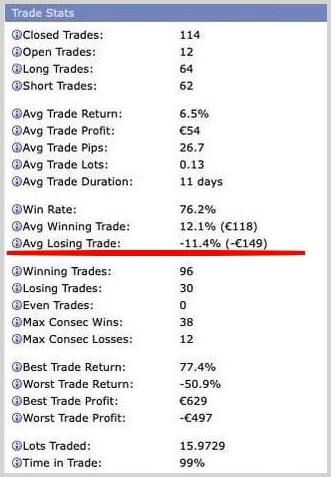
(If we set the toggle to show balance values, it’s even worse at -15.6 %.)
This is something you should definitely work on if it were your account.
Trade Graph
People love visual data.
Not only does our brain process visual information more effectively than text, but visuals are also more compelling. This is especially true when it comes to financial reports. A stack of numbers on their own is not just dull but mind-numbing.
Fortunately, the Forex Factory team knows this, and that’s why they built the trade graph which makes it easier to understand critical aspects of your trading performance quickly.
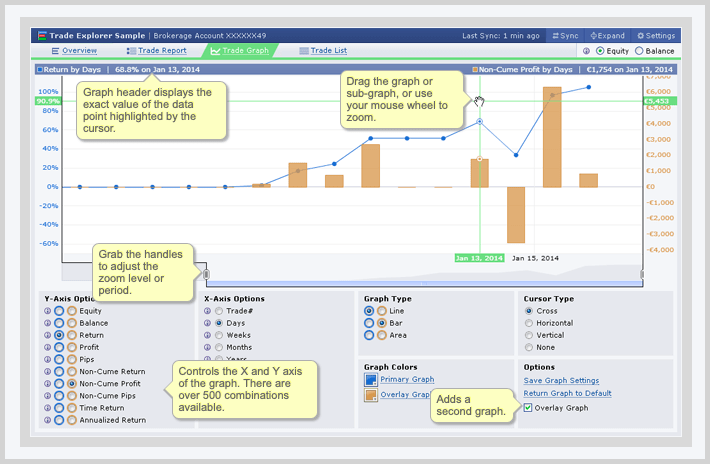
It’s helpful because whatever you want to inspect, you’re able to present the right level of detail without being distracted by other things.
Nice job, FF!
Trade List
Pretty self-explanatory.
A list of your open trades, closed trades, and pending orders.

Besides the basics details, you can add notes and screenshots to your trades to make yourself even more accountable.
Way #3: Get Professional Advice for FREE Using the Forum
We’re going to get a lot of hate mail for this section.
Why?
Trading gurus and course sellers DON’T like it when people hurt their business.
But, we couldn’t publish this guide without covering one of the most effective tactics you can use.
So, what are we talking about?
Believe it or not, you can use Forex Factory to get personalized advice from professional traders for free. We’re going to show you how.
First, head over to the Forums section and choose “Trading Journals” from the directory.
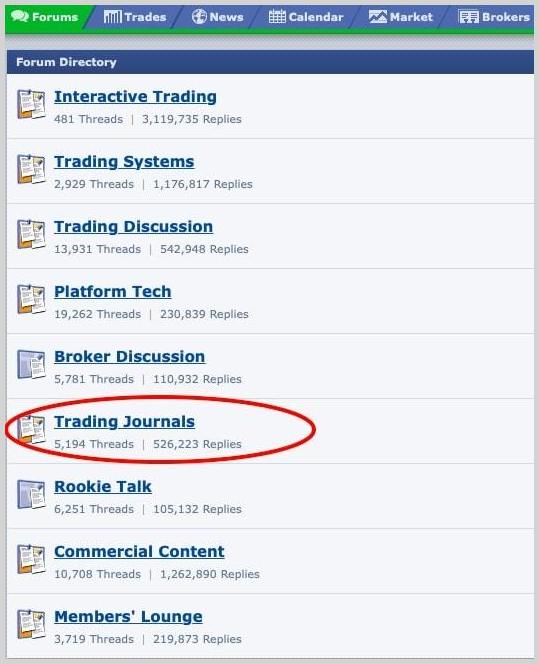
Then, you want to start a new thread.

(Only full members can start new threads. If you are new to Forex Factory, you must participate a little in the community to be granted full membership.)
This new thread will be your public trading journal where you can publish your trades plus your thoughts on them. Other FF members are able to write comments and give you suggestions.
For this to work well, you need to do two things:
1. Spark an emotional connection to keep people hooked.
2. Publish consistently.
Let’s start with the first one.
We can probably agree: leaving a comment requires more effort than hitting the like button. With that said, if you can’t get people’s interest, they won’t waste their time giving you help.
You might get some good wishes, like this one:

But that’s all.
If you want to generate more useful engagement, like this one…

…you must connect with your audience on an emotional level.
Here’s how you do it:
Use storytelling to write an engaging introduction to your journal that people can relate to. You shouldn’t share your entire life story, but talking about your goals and struggles as a trader immediately makes you more relatable.
For example, this is amazing:
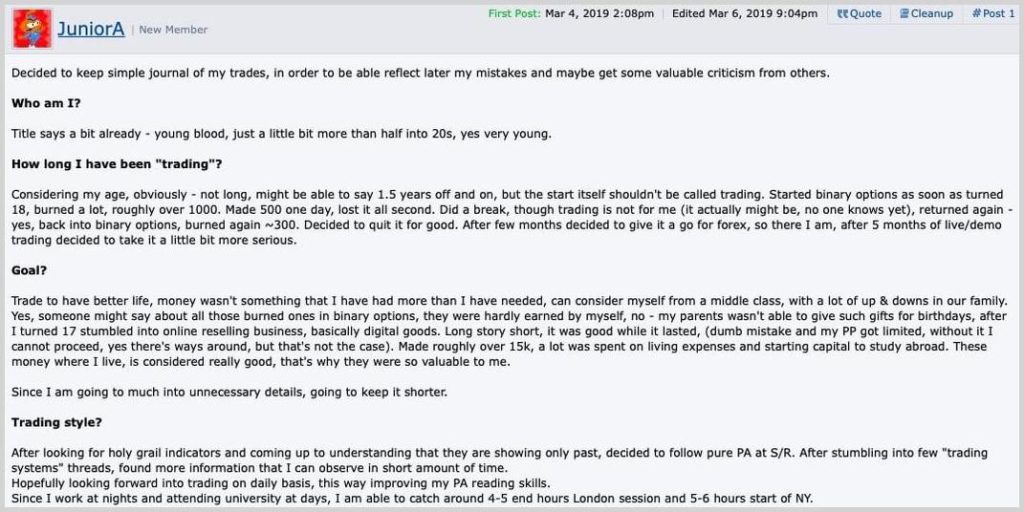
Once you have thought up something great, you need to consistently write in your journal. That will sustain people’s interest and prompt them to check back with you over and over again.
We prepared a quick checklist for you about the things you should cover. You’ll find it useful, even if you keep everything on your local computer instead of on Forex Factory.
Fill out this quick form below and grab your free copy!
After you keep posting for a while, you’ll get more and more responses. Some will be from professional traders; others will be from amateurs.
Forex Factory has a ranking system to highlight members who have a lot of subscribers and are expected to post quality information.

Now, it’s time to move on to the next tactic.
Way #4: Understand the Tone of the Market with the Sentiment Indicator
In forex, the sentiment is the combination of all the different attitudes of traders towards the different currency pairs. It’s the crowd psychology that makes prices go up or down.
Usually, you can see the prevailing sentiment by taking a glance at your chart:

If you want to get a more concrete picture of the distribution between long and short positions, you can head over to Forex Factory and take a look at the sentiment indicator.
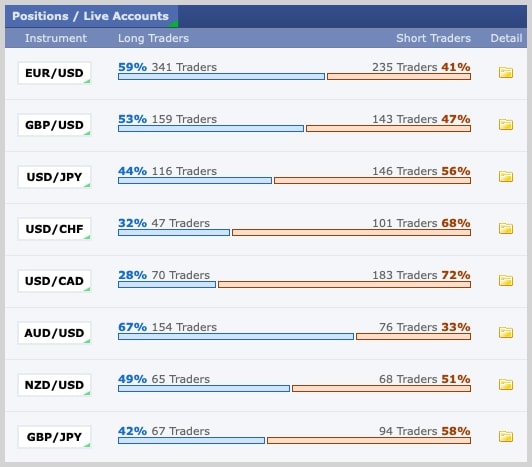
Pretty straightforward.
The big question is, what can you do with this data? After all, you already know the direction of the market. Why do you need more than that?
In the following, we’ll tell you two simple techniques on how this nifty tool can help you in trading.
Contrarian Approach
If you’re a contrarian trader, that means you tend to go against market trends. That is to say, you want to sell when everyone else buys and vice versa.
For those wondering what the idea is behind all this, it’s quite simple:
Contrarian traders assume when the market is going up, there will be a point when everybody who wanted to buy has already bought. As a result, the price will drop like a stone. Reverse everything for a downtrend.
Now, it doesn’t mean you automatically sell every up-trending currency pair or buy everything that is in a bear market. That wouldn’t make too much sense.
Contrarian trading can take many forms, but preferably, you want to find situations when the market sentiment runs counter to the trend.
For example, here you can see that the AUD/USD is trending down:
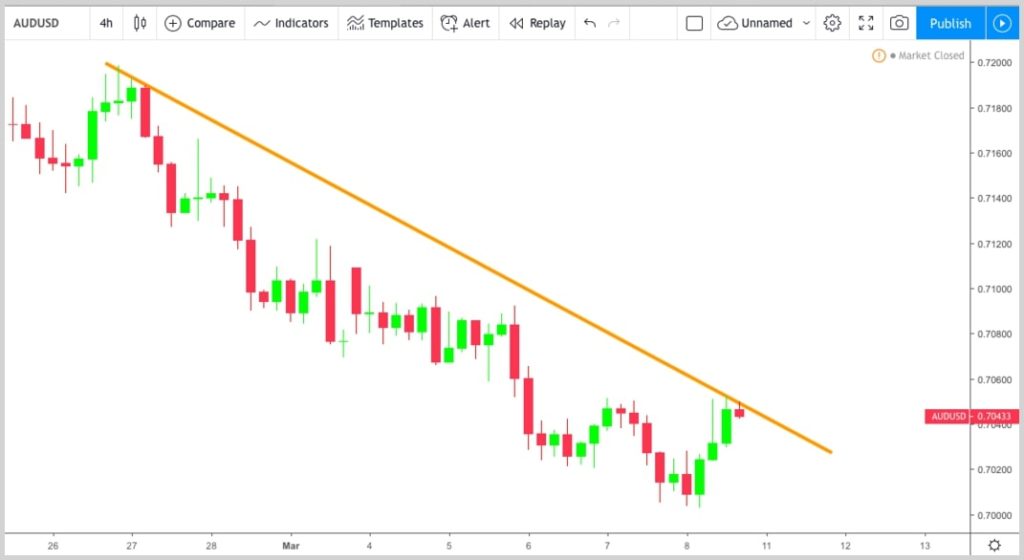
However, when you take a glance at your sentiment indicator, you can see there is a growing amount of optimism.

As a contrarian trader, you would take this as a sign that the trend may be near its bottom, and you would start to look for buying opportunities while the vast majority is still short.
TIP: Never rely on one tool when it comes to trading. Always look for other confirmations. For example, try to spot some chart patterns.
Trend-Following Approach
While the sentiment is more often used as a contrarian indicator, you can’t tell the market what you believe it should do. Sometimes, you’re better off staying aside or going with the crowd.
Just think about it:
You might be right that the EUR/USD is overpriced, but if everybody else thinks the other way, there isn’t much to do about it.
The market can remain irrational way longer than you can remain solvent.
Bitcoin is an excellent example of this.
In September 2017, at the pricing of around $4500, JP Morgan boss Jamie Dimon called Bitcoin a fraud that would ultimately blow up.
Although he predicted big losses for those investing in bitcoin, he didn’t start to sell it like crazy.
Instead, note what he said:
“Don’t ask me to short it. It could be at $20,000 before this happens, but it will eventually blow up.”
As we know, he was right:
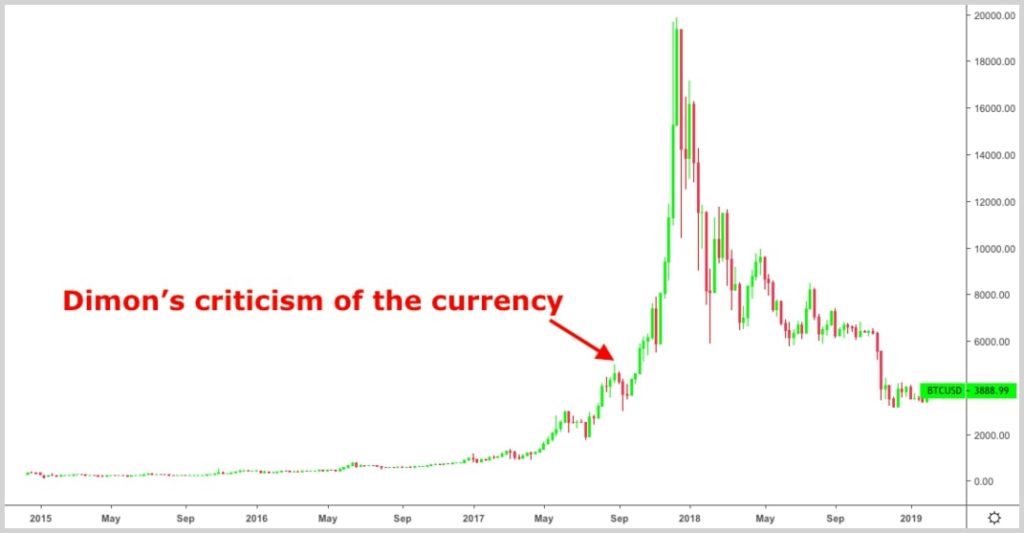
In addition to all this, there will be corrections in every trend. You may notice a shift in the sentiment indicator, but as long as the majority of factors are pointing in the trend direction, you have nothing to worry about. In fact, you may even want to add to your existing position at a better rate.
How Accurate Is the Forex Factory Sentiment Indicator?
Because of the nature of the forex market, there’s no way to provide the overall sentiment with 100 percent accuracy.
Think about sentiment indicators as exit polls.
According to Collin’s dictionary:
An exit poll is a poll taken of a small percentage of voters as they leave their voting places, with the pollster asking if they voted for or against certain candidates or issues.
In the majority of cases, exit poll results slightly vary from real election results. The same is true for forex sentiment indicators.
But in general, if a certain number of people trade through XY broker and 60% of them buy USD, then the same percentage of all traders in the entire forex market will more likely buy USD too.In addition, Forex Factory’s sentiment indicator collects data from various sources instead of just one broker, which makes it more representative regarding the overall sentiment.
Way #5: Compare Forex Brokers and Avoid Getting Scammed
Your forex broker is your business partner. So, for obvious reasons, you want to make a sage decision here.
You can’t just go to any company whose ad you first bump into, as you can easily get scammed.
The question is, how do you find a forex broker you can trust?
The most important thing is to pay attention to the regulation of the company. This information is fairly easy to get from a broker’s website, but it takes some, especially if you want to compare more companies.
That’s where Forex Factory can help you.
They maintain a list of brokers you can compare with side by side.
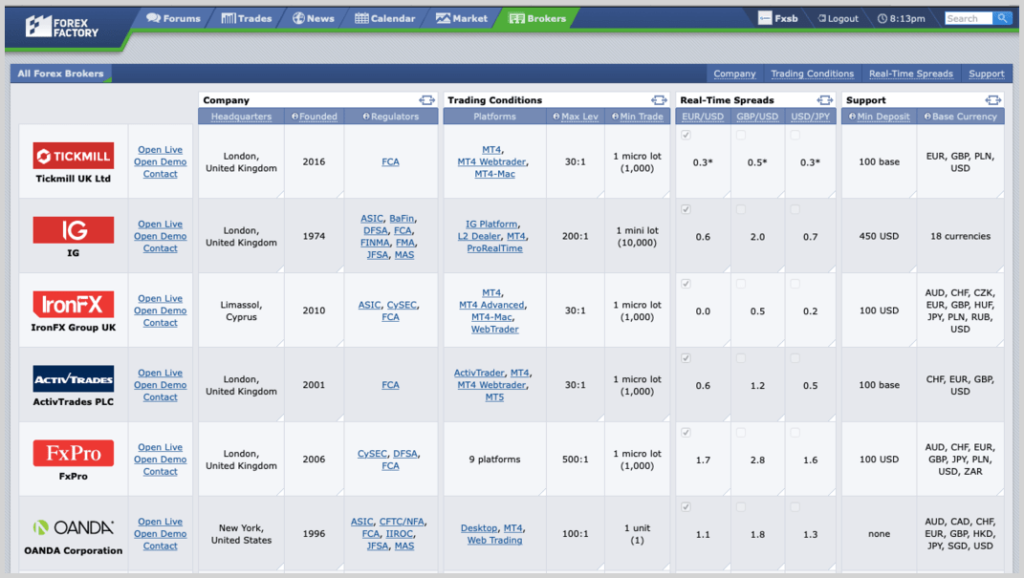
Only brokers that meet certain regulatory requirements are featured on the list. In other words, the vast majority of fraudulent companies are automatically excluded from the list.
If you’re interested, the most prestigious regulators are listed below:
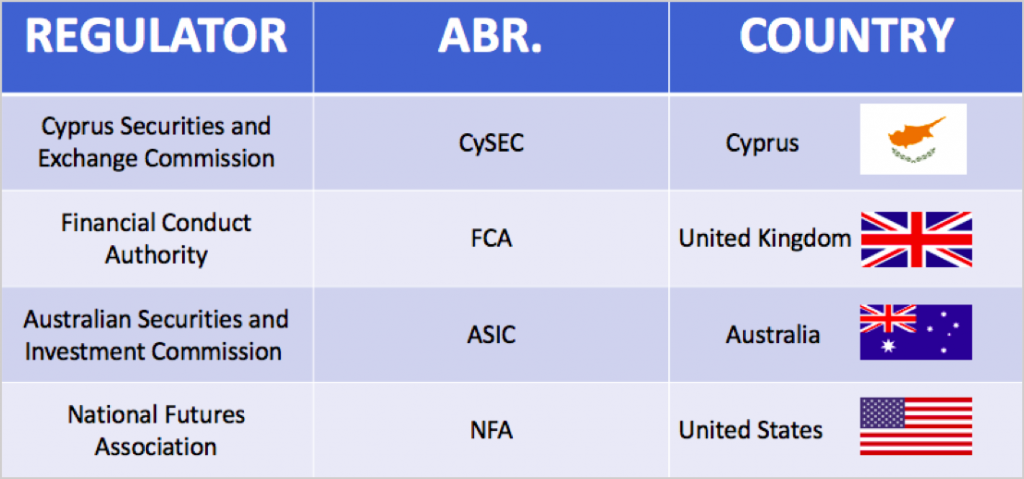
You can narrow your search to brokers regulated by a specific authority from the settings window at the top left corner.
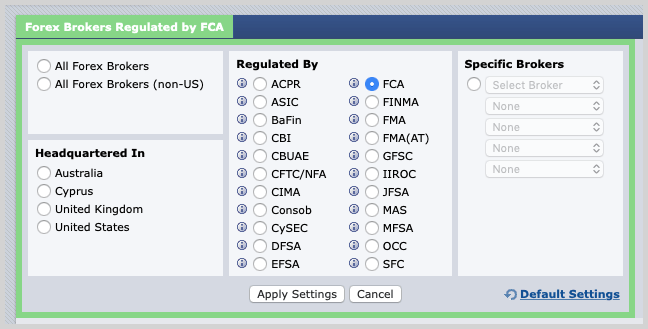
Impressive!
In addition, from real-time spreads to supported languages and trading conditions, there is plenty of useful information about every listed broker, so if you already haven’t, make sure you check it out.

Now, a quick word of warning.
Regulation is essential, but it is not everything.
Since brokers pay Forex Factory a fee to be listed on the page, unless there isn’t apparent evidence of fraudulence, FF has no incentive to exclude questionable brokers from their list.
Before you blindly register to a company that looks great, we recommend an additional measure.
Head over to ForexPeaceArmy.
You’ll be presented with this screen where you can type in the name of the broker you want to look up:
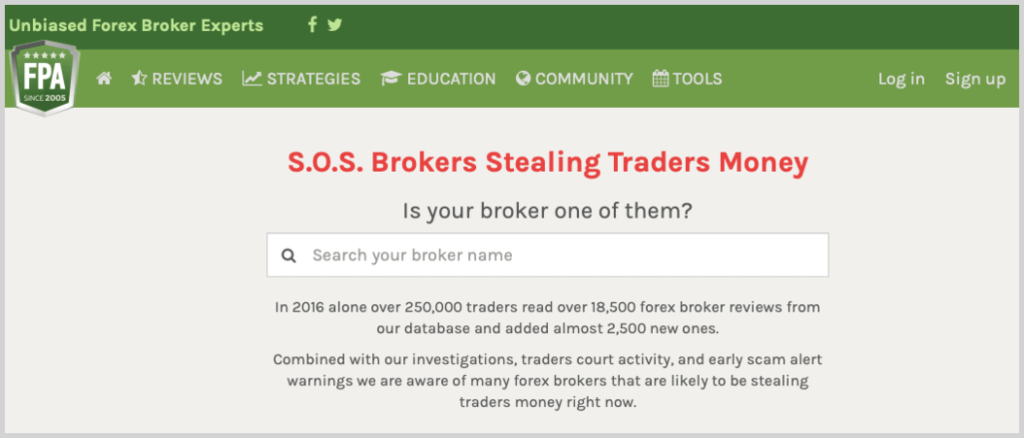
If there are any issues with that broker, the FPA will tell you.
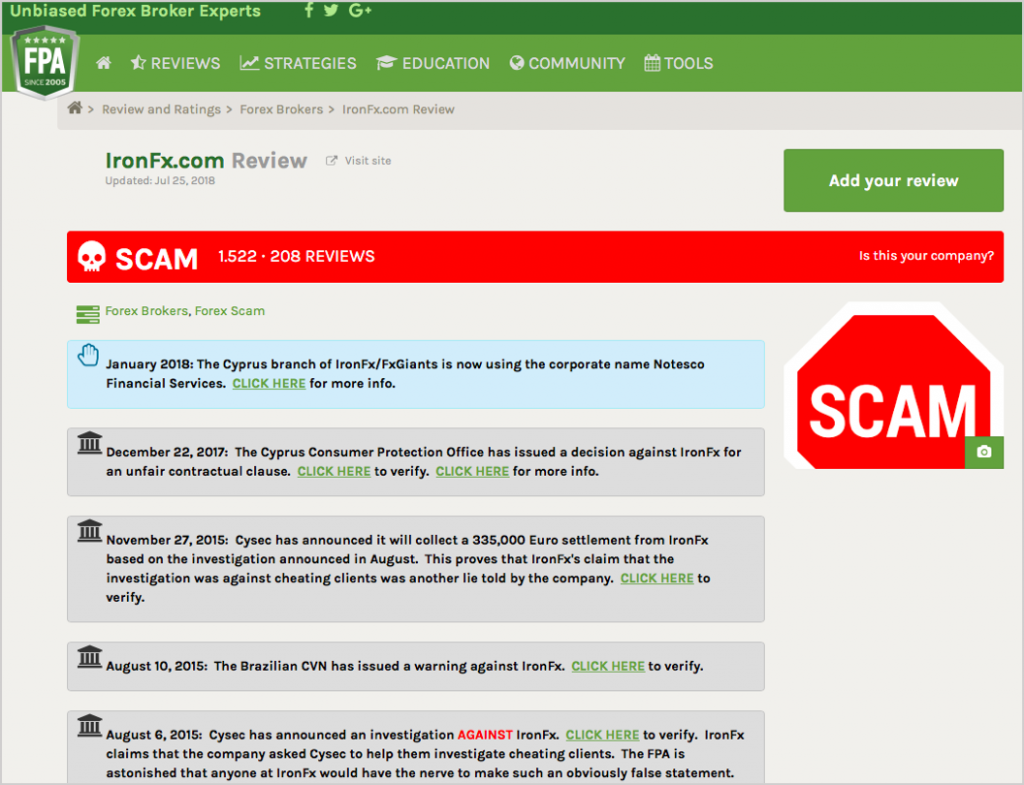
Simple as that.
Way #6: Create Your Personalized Forex News Feed
As a forex trader, you want to keep up with industry news. That’s completely understandable, and nobody’s going to take umbrage at you.
However, there’s a problem:
There’s a lot of information scattered all over the internet. Without a great news aggregator website, getting the news you want quickly becomes overwhelming.
Fortunately, the solution is even simpler than the issue.
With Forex Factory, you can bring all the breaking news, hot-stories, entertainment, and educational posts into one location.

All the content is collected from different websites via users, webmasters, or RSS feeds. You can customize the type of news you’d like to receive as well as their appearance.
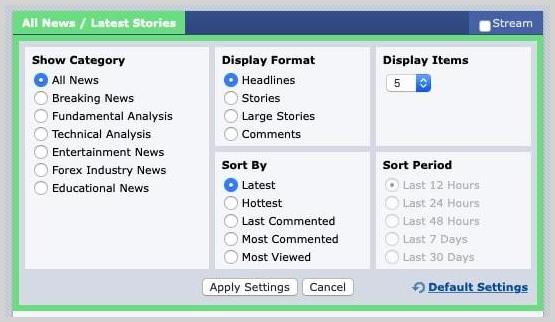
Sweet.
Way #7: Spare Some Time with the Scanner
Let’s say you trade trends on the hourly chart.
You only trade the 8 major pairs, but still, every morning, you have to manually go through the charts to see which one is you must keep an eye on throughout the day.
Although you can’t avoid chart analysis, you can spare some time by ignoring charts that are not trending.
This is where the scanner tool comes into play.

As you can see, it’s designed to provide you with a quick overview of currency pairs. You can add as many scanners as you want, and you can display various aspects depending on your needs.
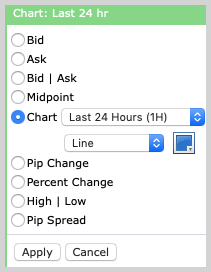
In your hypothetical situation, you would look at the mini-charts and immediately see which currency pair is trending and which you should avoid.

